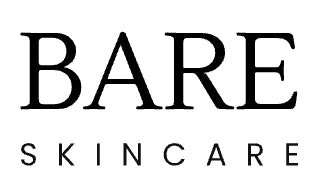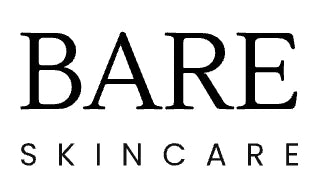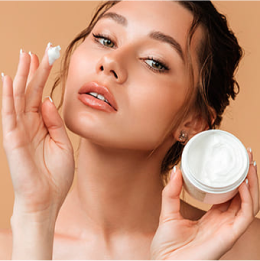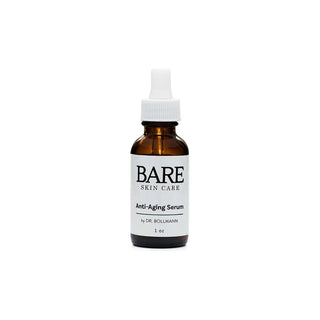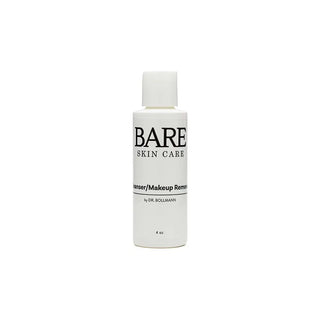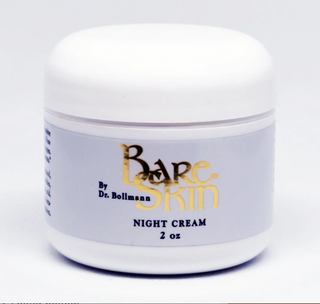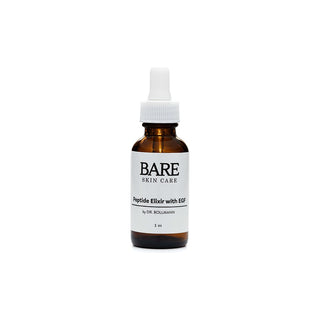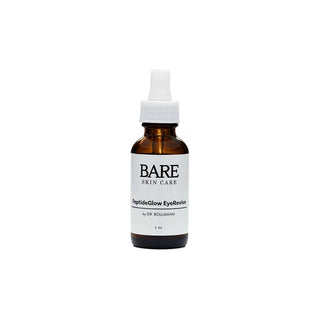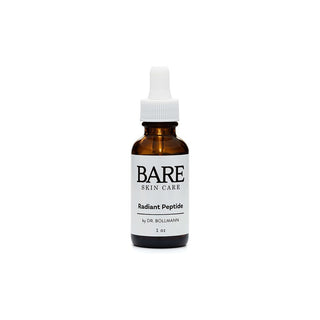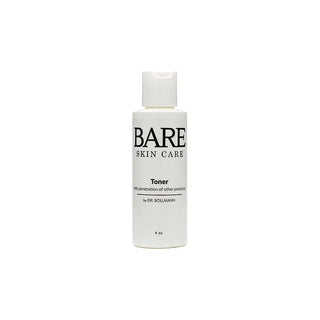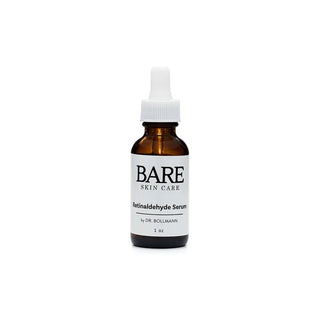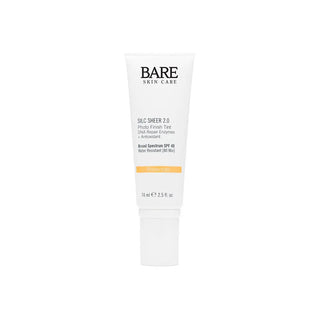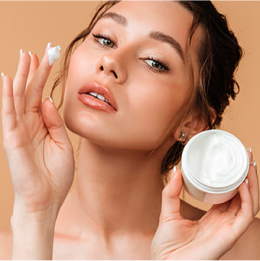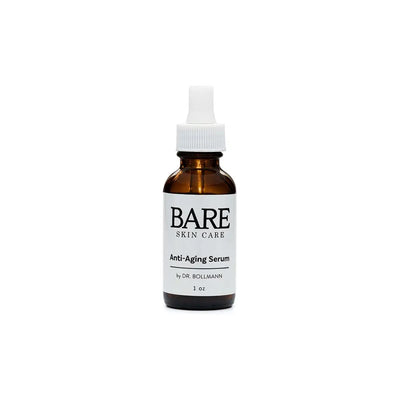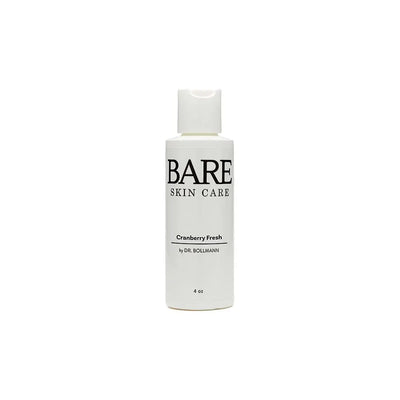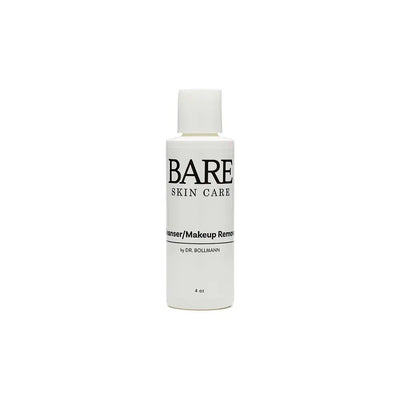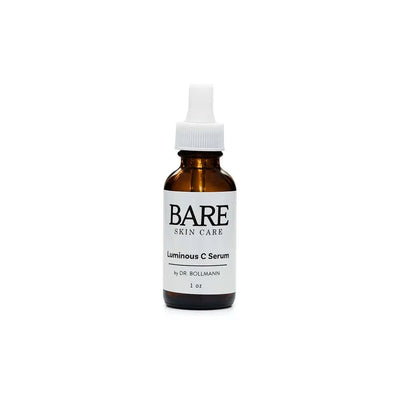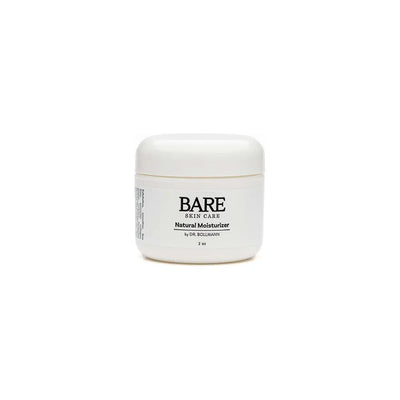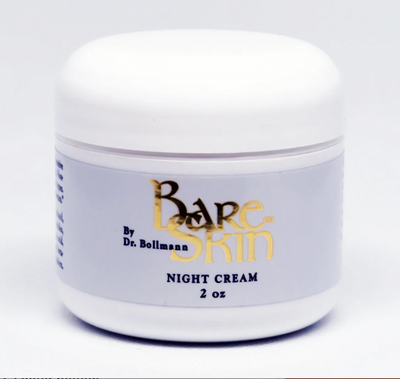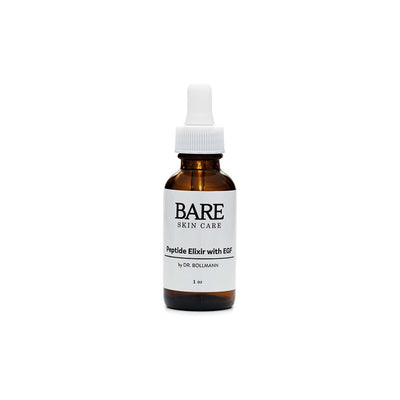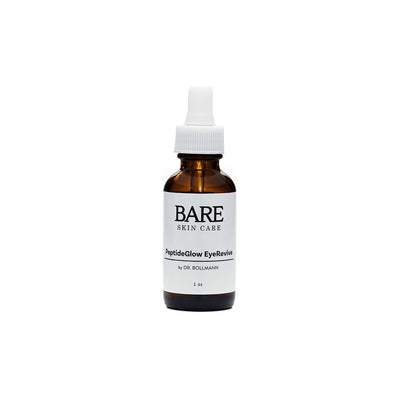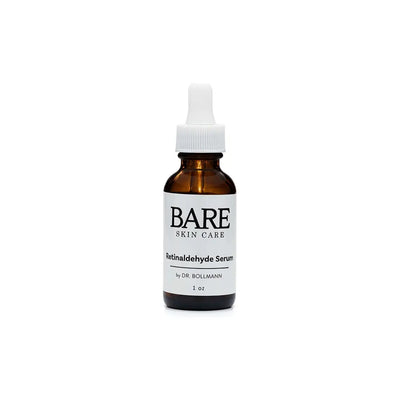In today's world of beauty and skincare, choosing the right products can be a daunting task. Among the plethora of ingredients available, retinaldehyde and retinol have gained significant attention for their remarkable skin-transforming properties. As the owner and CEO of BARE by Dr. Bollmann, it's crucial to understand these ingredients thoroughly to provide you with the best skincare solutions. In this article, we will delve into the world of retinaldehyde and retinol, comparing their benefits, differences, and how they can elevate your skincare routine.
Introduction
Skincare enthusiasts and experts alike are constantly seeking new ways to achieve radiant and youthful-looking skin. In this quest, retinaldehyde and retinol have emerged as two potent ingredients that promise remarkable results. But what sets them apart, and how can they benefit your skincare routine?
The Science Behind Retinaldehyde and Retinol
Before we dive into their benefits, let's understand the science behind these compounds. Both retinaldehyde and retinol belong to the retinoid family, which is derived from Vitamin A. These compounds play a pivotal role in skin health by promoting cell turnover, stimulating collagen production, and addressing various skin concerns.
Benefits of Retinaldehyde
Enhancing Collagen Production
One of the primary benefits of retinaldehyde is its ability to boost collagen production in the skin. Collagen is essential for maintaining skin elasticity and firmness, making it a key player in the battle against wrinkles and aging.
Reducing Fine Lines and Wrinkles
Retinaldehyde is known for its potent anti-aging properties. It can significantly reduce the appearance of fine lines and wrinkles, helping individuals achieve a smoother complexion.
Combating Acne
Retinaldehyde also proves effective in combatting acne. Its ability to regulate oil production and unclog pores makes it a valuable addition to skincare products designed for acne-prone skin.
Benefits of Retinol
Effective Skin Renewal
Retinol, on the other hand, excels at promoting skin renewal. It accelerates the shedding of old skin cells, revealing fresher, more youthful skin underneath and giving your skin a healthy life.
Addressing Hyperpigmentation
Retinol is a go-to ingredient for those struggling with hyperpigmentation issues. It can fade dark spots, uneven skin tone, and sun damage, leading to a brighter complexion.
Controlling Oiliness
For individuals with oily skin, retinol can help regulate oil production, reducing shine and the occurrence of breakouts.
Differences Between Retinaldehyde and Retinol
Conversion Process
One significant difference between these two compounds is the conversion process within the skin. Retinaldehyde requires fewer steps to be converted into its active form, making it more potent and efficient.
Potency
While both retinaldehyde and retinol offer benefits, retinaldehyde is often considered more potent due to its direct conversion. However, this potency can also lead to increased sensitivity.
Skin Tolerance
Retinaldehyde is generally better tolerated by those with sensitive skin, as it undergoes a milder conversion process, reducing the risk of irritation.
Which One Should You Choose for Your Skincare Routine?
When selecting between retinaldehyde and retinol for your skincare routine at BARE by Dr. Bollmann, consider your specific needs. Retinaldehyde may be preferred by individuals with sensitive skin, while retinol's potency may appeal to those seeking faster results.
How to Incorporate Retinaldehyde and Retinol into Your Products
Formulation Considerations
When BARE by Dr Bollmann formulated our products with these ingredients, we ensured stability and effectiveness by partnering with experienced chemists and adhering to industry standards.
Product Types
Consider offering a range of products, including serums, creams, and moisturizers, to cater to diverse skincare needs.
Potential Side Effects and Precautions
Skin Sensitivity
Educate yourself about potential side effects such as redness and peeling, which are more common with retinol. Advise a gradual introduction to minimize these effects.
Sun Protection
Emphasize the importance of sun protection when using retinoids, as they can increase skin sensitivity to UV radiation.
Conclusion
Retinaldehyde and retinol are powerful allies in the pursuit of a healthy life for youthful skin. By understanding their differences and benefits, you can make informed decisions for your skincare routine at BARE by Dr. Bollmann, ensuring you receive the best possible solutions.
FAQs
- Are retinaldehyde and retinol safe for all skin types?
- These ingredients can benefit various skin types, but it's essential to start slowly and monitor for any adverse reactions, especially for sensitive skin.
- How long does it take to see results with retinaldehyde and retinol?
- Results may vary, but many users notice improvements in skin texture and tone within a few weeks to a couple of months.
- Can I use retinaldehyde or retinol during pregnancy or while breastfeeding?
- It's advisable to consult with a healthcare professional before incorporating these ingredients into your skincare routine during pregnancy or breastfeeding.
- Should I use retinaldehyde and retinol together?
- Combining these ingredients can be effective but should be approached with caution to prevent excessive skin irritation. It's best to start with one and gradually introduce the other.
- Where can I purchase BARE by Dr. Bollmann products containing retinaldehyde and retinol?
- You can access our exclusive range of products at bareskincare.com.
Incorporate the insights from this article into your skincare regimen, and you'll be well-equipped with knowledge of the transformative benefits of retinaldehyde and retinol.







